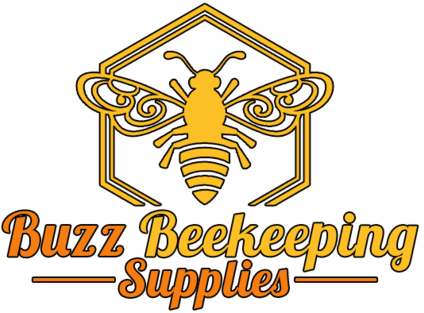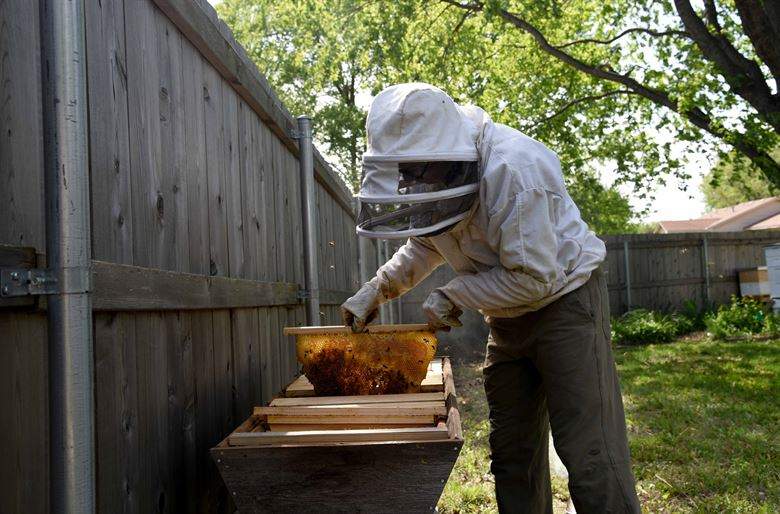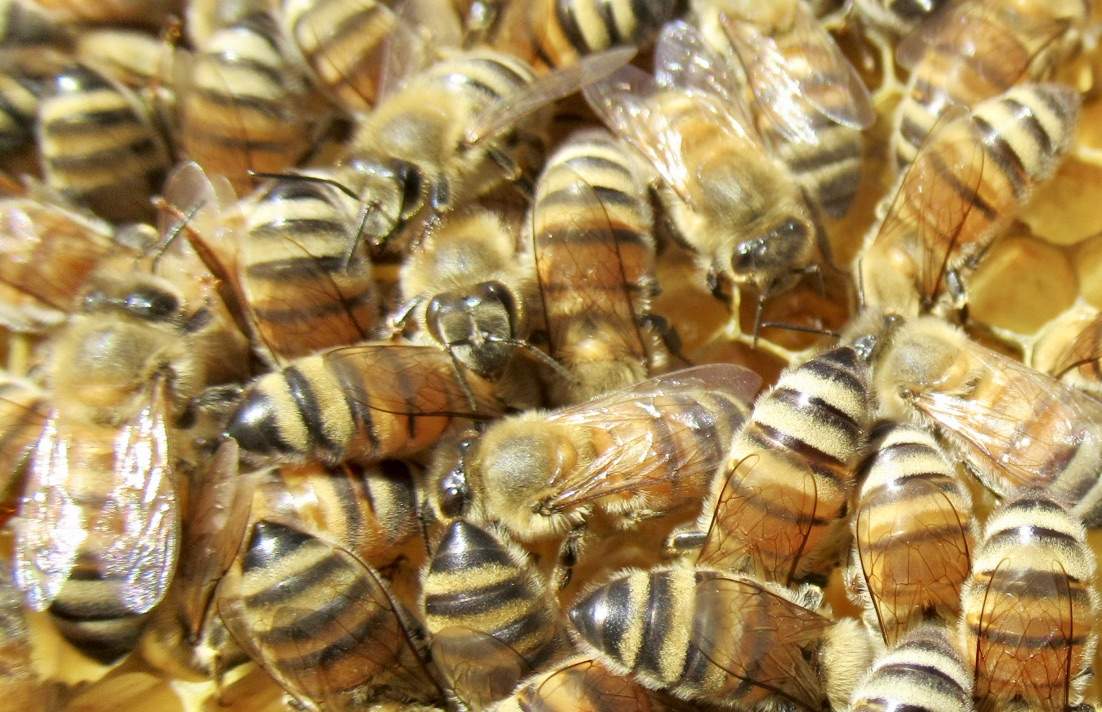Varroa Mite Control

Varroa Mite Control – Dealing with Varroa mites at some stage becomes unavoidable if you are considering being a beekeeper or are one already.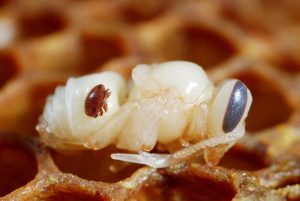
Varroa mites also called Varroa destructors owe their origin to the United States where they first showed up in the western honey bees, biological named Apis mellifera, in the late 1980s.
Varroa mites are invasive and relatively harmless since the eastern honey bees, biological named Apis cerana, evolved so Varroa mites can be better handled through improved grooming practices.
The species Varroa mites are parasitic in nature and can easily damage any hive in more than one way.
In the United States, Varroa mites are famous for eradicating many feral bee colonies and have become a big problem form beekeepers who keep hives.
Their working model is very simple. A Varroa mite first latches on to a bee, then feeds on its blood like a parasite and transmits viruses through the blood. When it leaves the bee’s body, it leaves open wounds on the bee and moves to find more bees to feed upon.
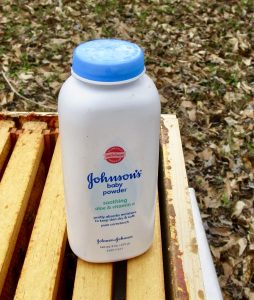
Many a time, as a beekeeper you may not be aware whether your hives have a Varroa mite problem or not.
It is safe to say that most hives have at least some Verroa mites living in them. As such they do not cause a threat until their population is below a certain number. This safe population level is called the action or the economic threshold.
One of the ways you can reduce the population of Verroa mites in your hives is through sugar dusting. This process makes the surface dusty temporarily, which makes it difficult for the mites’ feet to move.
In an attempt to clean them of the dust, some mites dislodge themselves and fall loose.
This eventually helps them to fall into a trap that you have set for them to successfully remove them from your hive and never damage it again.
Sugar dusting is a very simple yet effective method. All you need to do is fill a baby powder bottle with powdered sugar and dust both sides of your hive’s frame fully.
Using this method, Verroa mites are not killed fully but when this method is used in combination with others such as drone foundation, it is found to drastically decrease the population of Verroa mites in your hive.

However, prevention is always better than cure. As a beekeeper, your aim should always be to be vigilant and perform regular hive inspections to look for potential Verroa mites’ threats.
- Has anything changed since the last inspection?
- Are the bees more active now?
- Is there still a queen in your hive?
- How does your hive smell?
Answers to all these questions will prevent your hive from a possible attack from Verroa mites.
Bee researchers have also found out that bees from certain hives are hygienic and better in cleaning dead cells from the hive.
When buying queens for your hive, always look for the hygienic queens that have been selectively bred from good hives to exhibit hygienic behaviors.
1. Ventilated Suit – https://amzn.to/2D1hJBu
(NEW) Ventilated Jacket – https://amzn.to/2Av6piJ
2. Beekeeper YKK Suit Combo – https://amzn.to/2Xk3xLz
3. Beekeeper Journal – https://bit.ly/3xXxFl2
4. YKK Suit – https://amzn.to/2IDJALO
5. Beekeeper Jacket – https://amzn.to/2FirwTW
6. Beekeeping Gloves:
– Goatskin Beekeeping Gloves – https://amzn.to/2GYxBZW
– Cow Leather Beekeeping Gloves – https://amzn.to/2uiSExd
7. Queen Marking Kit – https://amzn.to/2Wm1kCw
– Queen Marking Pens – https://amzn.to/3c4vE8y
–Queen Marking Cage – https://amzn.to/2TDwwdQ
